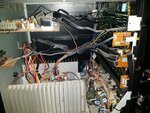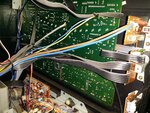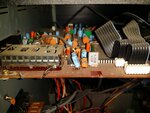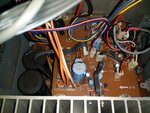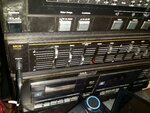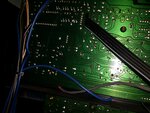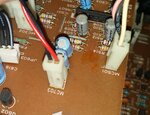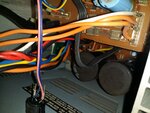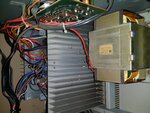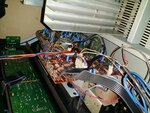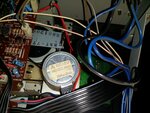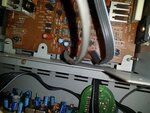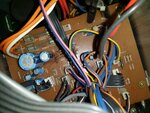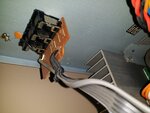JJOliver
Newbie level 4
I have a stereo where only the right channel is getting power in the amplifier. Everything else works in this system. Could anyone give me advice on how to identify the electronics I should look at to figure out where the problem is? I placed a picture showing the left channel is not getting power according to the amplifier interface. since this is not getting power, it isnt working on the left side of headphones, speakers and across all components. I am proficient at using a soldering iron if needed, I just do not know what parts inside to look at.
![20151229_123906[1].jpg](/data/attachments/58/58962-d400680487c98dcf0cc19c1662651b13.jpg)
